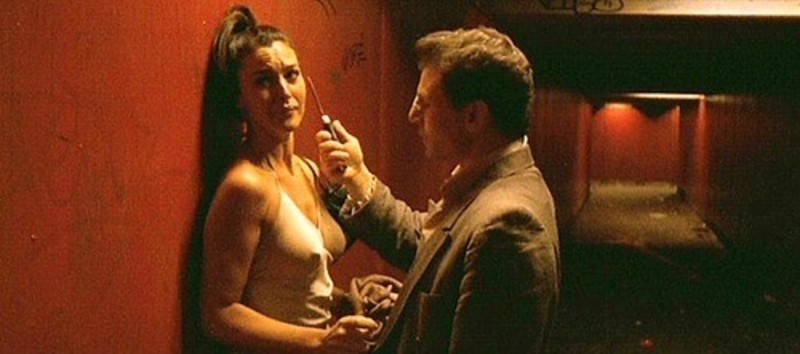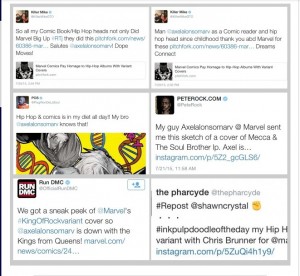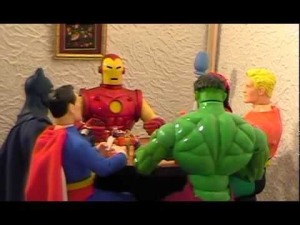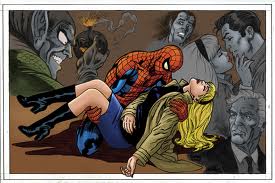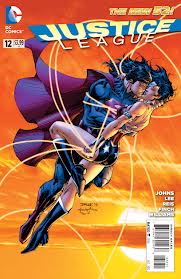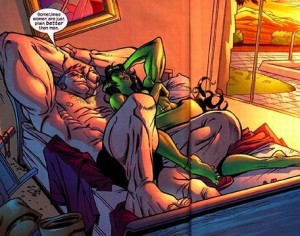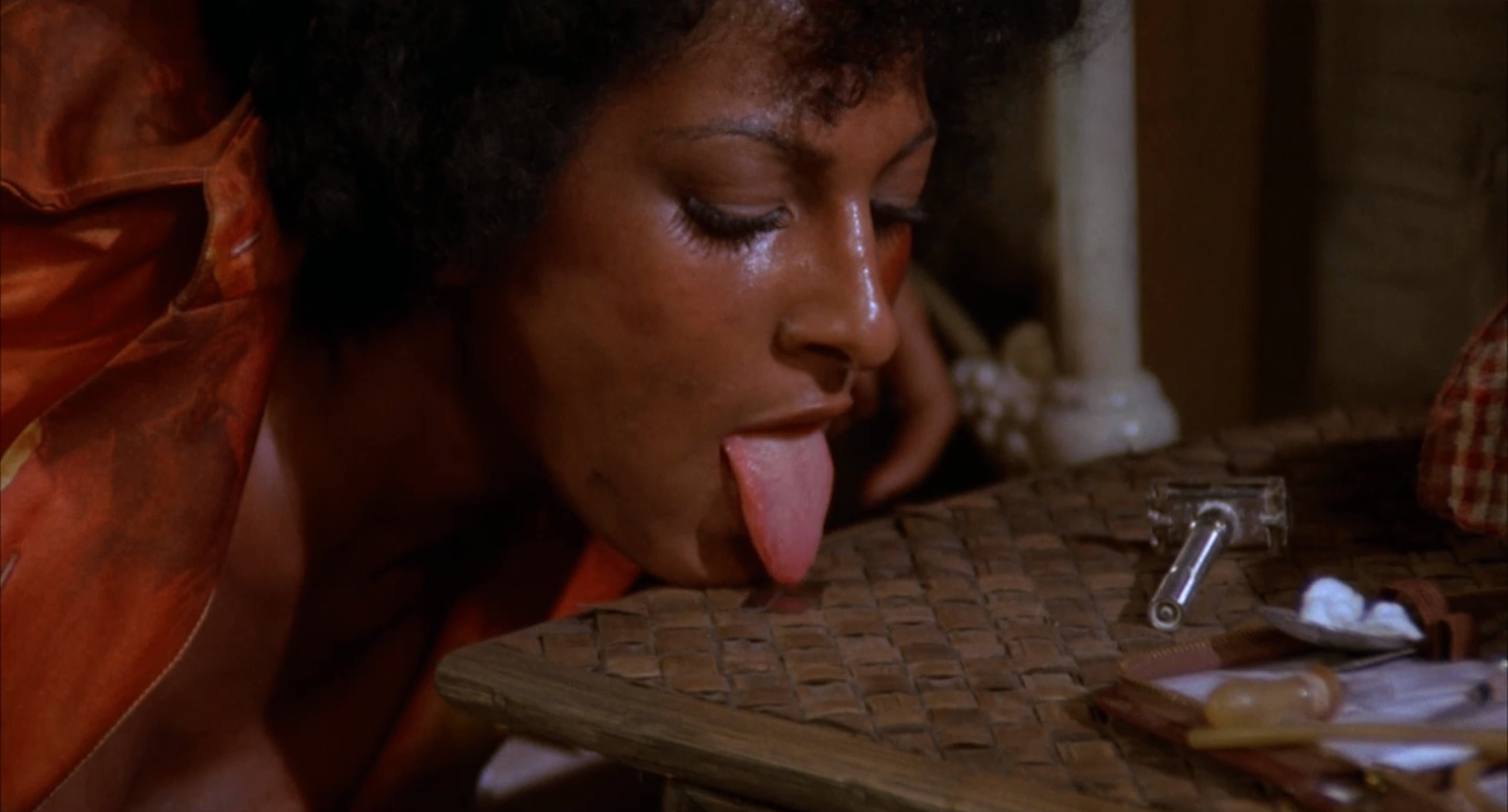Gaspar Noe’s Irreversible is one of those unusual rape/revenge films that has garnered more critical praise than condemnation. Roger Ebert, who typically is not a fan of exploitation sexual violence, gave the film four stars and actually called it “moral—at a structural level.”
What Ebert is referring to is the film’s high concept. Rather than the usual chronological treatment of rape/revenge—where the rape happens, precipitating vengeful violence—Irreversible turns things around. The film is presented in reverse chronological order; the last scene happens first, and the first scene last. Thus, you see the violent, bloody, confused (and as you later learn, mistaken) revenge first, scrolling backward through the exceedingly violent and horrible rape, and ending with a blissful morning as the loving protagonists awake, unaware of what the day holds in store.
The typical read on this seems to be that the film’s reversal undoes the immorality of the rape/revenge structure. Rape/revenge posits that violence is the natural, necessary response to sexual violence. Irreversible refutes that, by showing the horror of the murder first, without justification, and then the horror of the rape, which still occurs despite (inept) vengeance having been doled out. In fact, the vengeance seems to call the rape into being, as if violence echoes backwards, rather than forwards, in time.
There’s certainly a deliberate stance against violent retribution in Irreversible. The avenging boyfriend Marcus (Vincent Cassel) is presented (in the first structural half of the film at least) as a drugged up out of control idiot; he’s explicitly sneered at for imagining himself as a “B-movie hero.” And of course, he (and more effectively his friend Pierre (Albert Dupontel)) beat and perhaps kill the wrong dude.
But the claim that this is somehow pushing against rape/revenge tropes seems insufficiently attentive to the genre. It isn’t unusual for rape/revenge films to question the effectiveness of violence. It’s de rigeur. A Virgin Spring (1960), one of the genre’s founding texts, has the revenger kill an innocent child and then shout at God for his cruelty; there is no question of the vengeance being justified or beneficial. Deliverance, another important film in the genre’s development, uses the mistaken revenge trick itself, tied to a critique of machismo similar to Irreversible‘s. I Spit On Your Grave presents Jennifer as destroyed by her vengeance as much as by her rape; Ms. 45 presents its protagonist as a deranged killer, who has to be put down by another woman with a knife to the back for the good of everyone. Stendahl Syndrome has the revenge lead to further, helpless violence. And so forth. There are less ambivalent rape revenge films (like the sequence in Foxy Brown, for example) but based on the history of rape/revenge, you hardly need to run the plot in reverse to show that revenge isn’t especially fulfilling.
If the plot trick isn’t needed to tack on a moral (as Ebert suggests), then what precisely is it doing? Well, one thing it does is to foreground that this is not exploitation, but art cinema. The wildly lurching cinematography does the same, as does the insistently structureless and repetitive dialogue. In one sequence — which is as painful in its way as the rape— Pierre, who used to date Alex (Monica Bellucci), asks her over and over, as they catch a train, if she and Marcus orgasm during sex, and why she and he had less sexual success as a couple. It is an excruciating, endless discussion—made all the more gruesome when Alex explains to Pierre that his sexual problem is selflessness. He pays too much attention to his partner’s pleasure, she insists. Shortly before this, of course, we saw a rapist assault her. Hah hah, the film says. You think you like it when men don’t pay attention to your pleasure? You just wait.
Is that really what the film intends to be saying? Is it actually mocking Alex about her coming rape? It’s difficult to say—but this sort of intentional irony comes up again and again throughout the second structural half of the film. Alex tells Marcus that no one owns her, for example, which again seems like an ironized reference to her earlier/subsequent violation. And then there’s the moment where Marcus jokingly tells her he wants to fuck her ass, echoing the anal rape we saw half an hour before.
The reversal of time doesn’t so much add a moral dimension, then, as it allows the filmmakers to show their cleverness—not least through the manipulation of, and mocking of the characters who enact their trauma first as tragedy, then as farce. Breaking up the narrative also fractures the masochistic identification; usually in rape/revenge, you learn who the protagonist is, and then identify with her as she is raped. But in Irreversible, you meet Alex only with the rape, like her rapist (who is a complete stranger to her.) The fragmentation gives you a sense of control and power; you start off confused, perhaps, but soon you know more than the characters do; you are in a position of superiority. You are the director, the God, the one in control. The filmmakers call the ending into being, and then imposes it on the characters. Nor is it an accident that the ending/beginning is set in a gay BDSM club called the Rectum. The filmmakers couldn’t state much more clearly that they’re investment is sadistic.
The sadism most directly inflects, and infects, the critique of machismo. Again, Marcus is specifically upbraided for his obsession with the revenge narrative, and for his need to avenge “his” woman, rather than going to the hospital to be with her.
But how does the film criticize his machismo? By mocking his manliness. Through the first structural half of the film Marcus wanders around asking people to direct him to the Rectum, and desperately denying that he is gay. In the Rectum, itself, he is almost anally raped. The sexual assault on him then (via reverse chronology) foreshadows Alex’s anal rape at the hands of a gay man. More, Alex’s anal rape becomes Marcus’ fantasy/nightmare; she is a stand in for him and his terrorized masculinity. It’s significant too that the rapist’s previous victim is a trans woman; we see a glimpse of her penis as Marcus and Pierre interrogate her about the rapist’s whereabouts. That’s the only penis shown in the film, revealed like a secret key. The woman is the man, the man is the woman. Are Marcus and Pierre being chastised for their investment in machismo? Or is the film an elaborate sneer at them for being too effete?
Again, the ur-text here is Deliverance, which both critiqued urban dreams of machismo and set up elaborate humiliations to demonstrate that those urbanites were in fact sissy-boys. Noé has undoubtedly seen Deliverance, and he’s probably also read Carol Clover, whose Men, Women, and Chainsaws argues that in rape/revenge narratives, male viewers are encouraged to identify with the female victims, often via intertextual reference to Deliverance. The central rape in Irreversible, in which a gay man beats a trans woman, then anally rapes a cis woman while cursing her out for her wealth, in this context comes across as a deliberate, smug wink to theory heads.
In my discussion of Virgin Spring, I argued that Bergman’s art cinema profundities about faith and God, as expressed by Max Von Sydow, effectively erased the experience of the woman whose rape was the ostensible center of the story. Of course, a contemporary French art filmmaker isn’t going to present a disquisition on faith—but still, Noé’s film parallels Bergman’s in a number of respects. Most notably, they both foreground film style. And in doing so, they both perform different kinds of aesthetic masculine swagger in a way that resonates uncomfortably with the phallic content of their films.
In Noé’s case, the reverse chronology, the hand-held camera jerking, and the various portentous declarations about time (including a preposterous, clumsy reference to 2001) all tie the filmmaker, and the film, to the main character’s masculine panic—a panic triggered perhaps by Alex’s revelation (at the end/beginning) that she’s pregnant. The irony of the title is that time and generation are not set. Noé manipulates them, demonstrating his power as he illustrates the powerlessness, and cluelessness, of his characters. The words “Time destroys everything” appear at the beginning/end and end/beginning, a vaunting koan. For who, here, is master of time but Noé,the avant-garde daddy, whose moral structure knows all?

